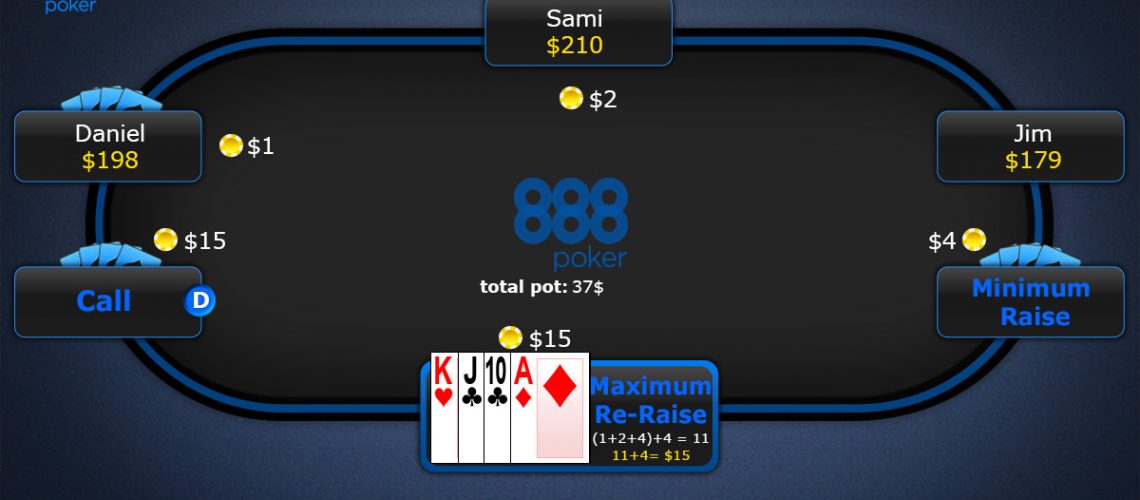Omaha Betting Options that You Would Definitely Go for Now
January 8, 2020

Omaha is a very interesting game, descended from Texas Hold’em. Each player is dealt four cards (“pocket cards”) belonging only to that player. There are also five open community cards that make up a board. In Omaha, each player can use exactly three of their community cards and exactly two of their pocket cards to collect the best poker hand of five cards. No more and no less. Learn more about Omaha combinations.
Omaha variations
Pot limit Omaha – the player cannot bet an amount in excess of the bank (for example, $ 101 if the bank has $ 100). This is the most popular Omaha format.
Unlimited Omaha – a player can make any bet, up to his entire stack.
Fixed Limit Omaha – There is a certain bet limit in every game and in every round of trading.
Below you will find general information about the rules of the game in Omaha. The basic rules of the game are the same for different variations, with the exception of differences in the betting mechanism. See below for more details.
How to play Omaha
Key Strategies
In Omaha with a pot limit and no limit, the blinds are indicated in the name of the game (for example, at the Omaha table $ 1 / $ 2, the small blind is $ 1 and the big blind is $ 2).
After that, the move is passed to the player to the left of the big blind.
In Omaha with a fixed limit, the big blind is equal to the small bet, and the small blind is usually half the size of the big blind, but may be larger depending on the bets. For example, in a game with a fixed limit of $ 2 / $ 4, the small blind is $ 1, and the big blind is $ 2. In a game with a fixed limit of $ 15 / $ 30, the small blind is $ 10 and the big blind is $ 15.
Now each player receives four pocket cards. Players make their moves in a clockwise order, starting from the player in the “under the gun” position. This is the position of the first player to sit clockwise from the big blind.
Pre-flop
After the players have received their hole cards, each of them can continue to play by calling or raising the big blind. The player to the left of the big blind goes first. He can fold, call or raise. For example, if the big blind is $ 2, then a call involves adding $ 2 to the pot, and a raise of at least $ 4. After that, the move proceeds to the next player clockwise.
Note. In different types of poker, the trading structure may vary. For more information about fixed limit, no limit or pot limit Omaha bets, see below on this page.
Each round of trading continues until all active players (who have not made a fold) make equal bets to the bank.


